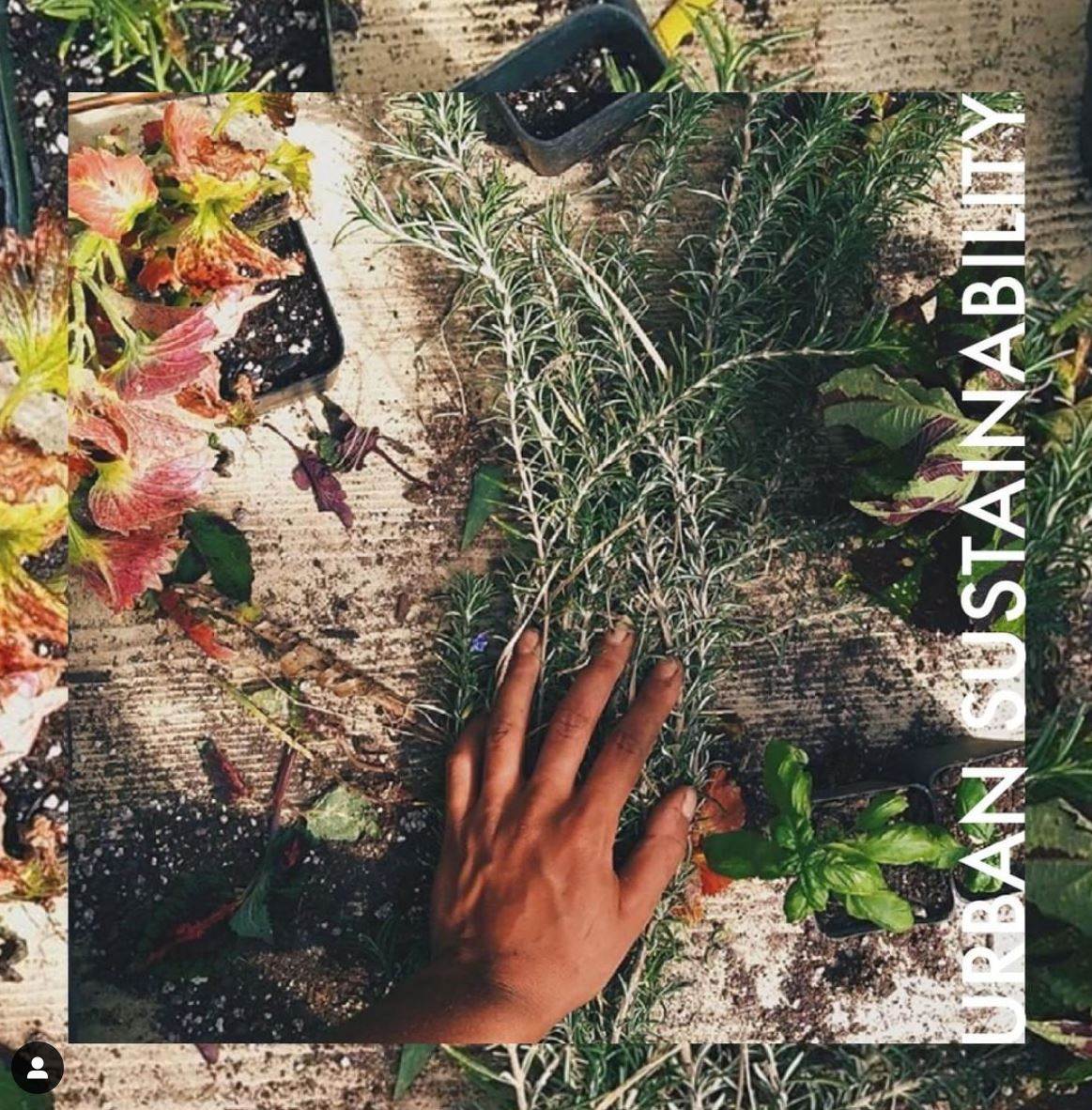Empowering consumers is key to circularity: webinar

‘Green Denim: the New Normal in our Closets’ was moderated by Soorty’s director of sales and marketing, Ebru Debbag. Ebru is also the founder of thinktank Indigofriends.
She was joined by Penny Whitelaw, CEO of consultancy Scircula; Ani Wells, director of Simply Suzette, an online retail platform; Jordan Nodarse, founder of Boyish Jeans brand; and Tricia Carey, director of global business development for apparel at fibre producer Lenzing.
Mr Nodarse said collaboration is important when it comes to sustainability. “It’s not a competition, the more we collaborate the more we will innovate; there will be less waste and more information, which we need to share.”
He said there is too much greenwashing. “Companies will promote what they are already doing, instead of doing something new. It becomes confusing for consumers. We like lifecycle assessments because they make it easy for a brand to communicate to consumers.”
Penny said she used to communicate statistics to consumers but then found some were unreliable; “Rather than using numbers I’m trying to reconnect consumers to the jeans. I like storytelling; denim should be looked at holistically. Make it fun and relatable.”
Tricia Carey said circularity is a hot topic at the moment. She discussed how Refibra uses post-consumer waste cotton mixed with wood pulp. “We continue to evolve this technology – we currently have 30% post-consumer waste and are working on boosting this to 50% by 2024.”
Education, transparency and commitment from brands are important, she added. “Consumers will be our raw material supplier [for Refibra] so we will need the commitment from brands to bring these garments back. Circularity is not as easy as we thought. Globally, about 50 million tonnes of textile waste is discarded every year. Awareness needs to grow, there needs to be proper disposal of textiles. I’m pleased to see there are lot of organisations working towards this. We need to have a shared vision of what circularity means.”
Ani said the industry could use technology and data to help them assess demand better, and reduce overproduction and surplus stock. “If we have less overproduction we will have more products circled back and not wasted.” She also said we need to involve consumers in this “movement” to make them care more; it’s three-way dance between the industry, government and consumers.
Penny added that new digital technologies in design and supply chain are not enough on their own. “The key is collaboration and connecting the dots, not just in design and supply chain but using technology to educate and empower the end user to purchase the garment and understand how to extend its life cycle and close the loop.”
See Inside Denim magazine Issue 2 – which will be published in September – for a closer look at cotton and circularity.
Image: Pakistan-based mill Soorty has been sharing mood boards via its Instagram










